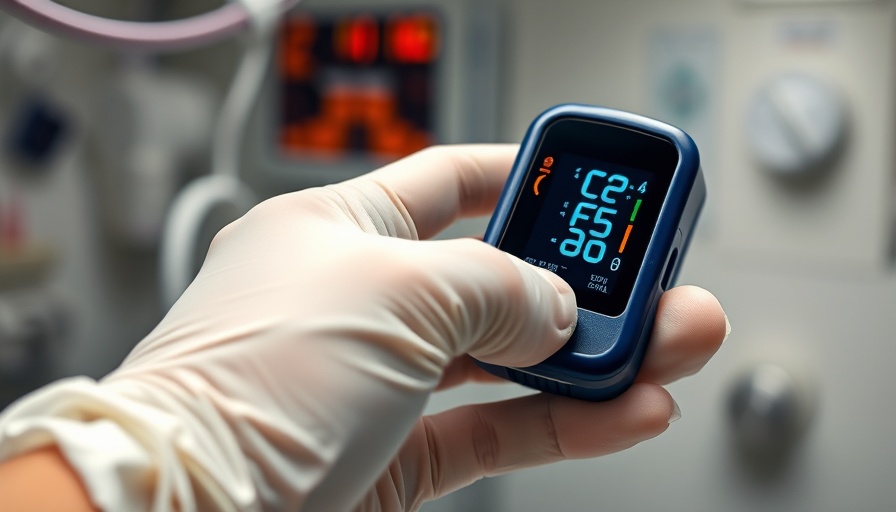
Understanding the Challenges with Pulse Oximeters
Recent findings suggest that pulse oximeters, devices widely used in hospitals to measure oxygen levels in the blood, may not always provide accurate readings for individuals with darker skin tones. The Food and Drug Administration (FDA) has proposed guidelines to address this issue, encouraging manufacturers to include a diverse group of patients in their studies. These guidelines, although currently in the draft stage, are aimed at eliminating racial biases from essential medical technology.
Proposed Changes for Improved Accuracy
The FDA has put forth a plan requiring medical device manufacturers to conduct larger studies with a more inclusive sample of patients. These studies must evaluate at least 150 patients with varying skin tones, ensuring that at least 25% of participants are individuals with darker complexions—a notable increase from the previous requirement of 15%. The evaluation process will involve dual methods to assess skin pigmentation, incorporating both visual and scientific, light-based measurements of melanin levels.
The Importance for Healthcare Practitioners
For healthcare providers, particularly those in concierge health services, staying informed about these changes is vital. Accurate readings from pulse oximeters are crucial during patient assessments, especially during critical health occurrences like the COVID-19 pandemic. Misreadings in oxygen levels could result in delayed treatment, increasing the risk of severe health outcomes for patients of color. Embracing these new guidelines allows practitioners to deliver more equitable care and consider updates in medical technology that reflect the diverse patient populations they serve.
Relevance to Current Healthcare Advancements
This proposal comes at a time when the medical field is undergoing significant scrutiny and transformation, particularly concerning racial equality in patient care. The suggested changes mark a proactive approach by the FDA to address systemic biases within healthcare. Understanding and implementing these guidelines allows practitioners to align with industry standards while enhancing the accuracy of medical diagnoses, ultimately leading to better patient outcomes.
Future Predictions and Trends
The FDA's actions may foreseeably set a precedent, prompting similar modifications across other medical devices and technologies. As awareness of inherent biases in technology grows, we can anticipate broader reforms aimed at ensuring accuracy and fairness. Healthcare providers who adapt early to these changes will be better positioned to leverage new medical technologies that cater to a diverse range of patients, thus improving overall patient care and satisfaction.
 Add Row
Add Row  Add
Add 






Write A Comment